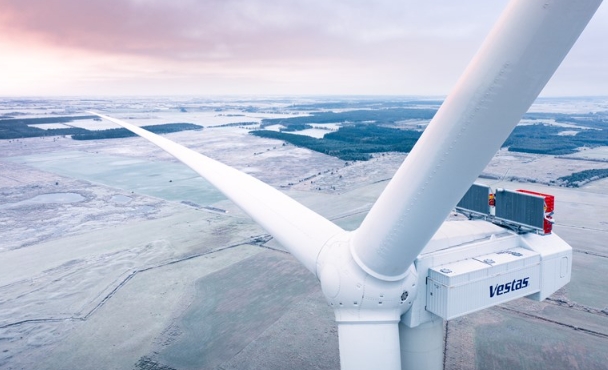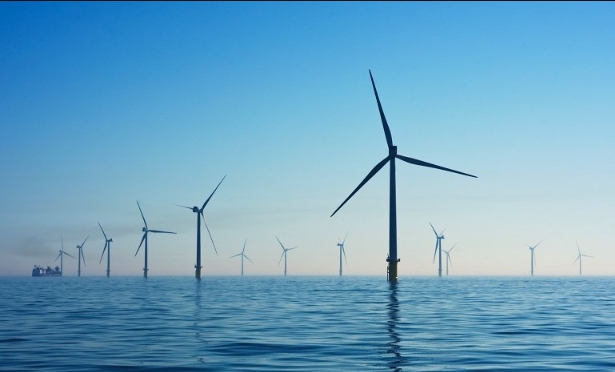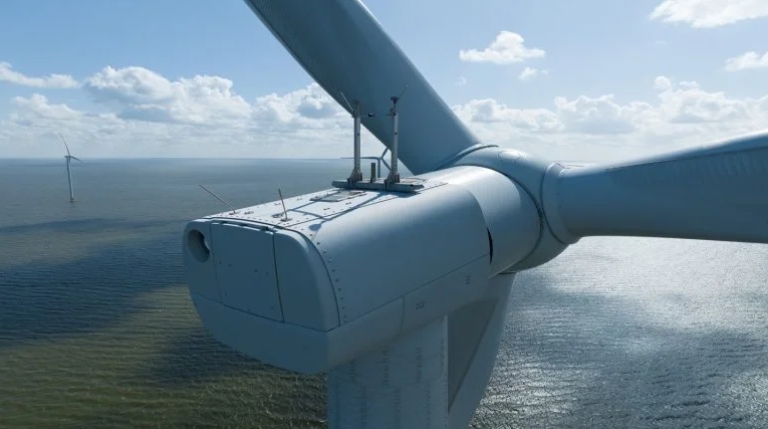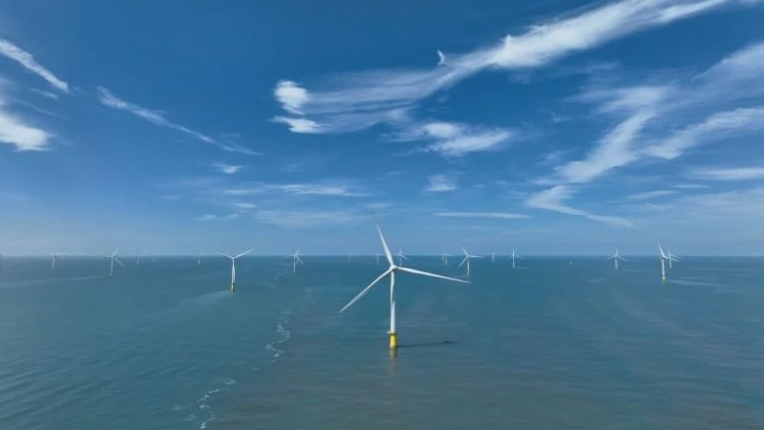Though the oil market witnessed significant surplus in the first half of 2019, much larger than previously expected, supplies are set to tighten in the second half of the year, but that may only be a hiatus before the glut returns, the International Energy Agency’s latest Oil Market Report has shown.
According to the IEA report, global oil supply exceeded demand by about 0.9 million barrels per day (mb/d) in the first six months of this year.
“This surplus adds to the huge stock builds seen in the second half of 2018 when oil production surged just as demand growth started to falter,” the IEA said. “Clearly, market tightness is not an issue for the time being and any re-balancing seems to have moved further into the future.”
The extension of the OPEC+ cuts through the first quarter of 2020 removes a major uncertainty, but the IEA said it “does not change the fundamental outlook of an oversupplied market.”
In its latest monthly oil market report that included its first forecast of fundamentals for next year, OPEC estimated that the so-called call on its crude would fall to 29.27 million b/d in 2020—down 1.34 million b/d from the 2019 projection, including an eye-catching 28.75 million b/d in the first quarter.
The call on OPEC crude denotes the threshold of how much oil the bloc can produce and still prevent a price-dampening accumulation of barrels going into storage.
Group Managing Director of the NNPC, Mele Kyari, affirmed the need to increase production, saying crude oil pricing and volume of production were key factors in ensuring sustainable revenue generation for the country.
He had said: “Through the Declaration of Cooperation, greater stability is restored globally. Nigeria believes that having the right price and volume can support our aspiration and ensure a sustainable revenue generation.
“So, a nine-month extension is the way to go considering the objective of the declaration that is why Nigeria supports the initiative and is also grateful that big nations are committed to it.
“Nigeria’s objective at today and tomorrow’s OPEC is to support the declaration of cooperation that has so far succeeded in the restoration of global oil markets stability Further to this; Nigeria’s hope is to secure an appropriate quota for it cause export and optimal price.”
Rising U.S. shale production will exceed additional demand both this year and next, which means that the market could see a significant surplus in 2020. In other words, OPEC+ faces a conundrum: Keep its current production cut deal intact and face a worsening glut or cut further.
OPEC put the demand for its oil at a higher 29.3 mb/d next year, which, to be sure, is a rather significant discrepancy from the IEA figure.
However, the conclusion is the same – OPEC may be forced to slash production further if it wants to head off a price slide. OPEC’s figures imply that it may need to cut output by 560,000 bpd; the IEA implies a deeper 1.8 mb/d reduction might be needed.
Notably, the IEA did not downgrade its demand forecast, sticking with the growth of 1.2 mb/d for this year. Days earlier, the U.S. EIA downgraded its demand estimate to 1.1 mb/d.
The Paris-based IEA was more optimistic about a rebound in economic growth, even as it downgraded its second-quarter demand growth figure by a whopping 450,000 bpd to just 800,000 bpd year-on-year.
All three of the major forecasters – OPEC, IEA and EIA – see robust supply growth from U.S. shale. The specific figures vary, but they generally see non-OPEC production (with U.S. shale accounting for most of the total) growing by around 2 mb/d this year and by even more next year. In other words, non-OPEC supply growth for both 2019 and 2020 exceed demand.







